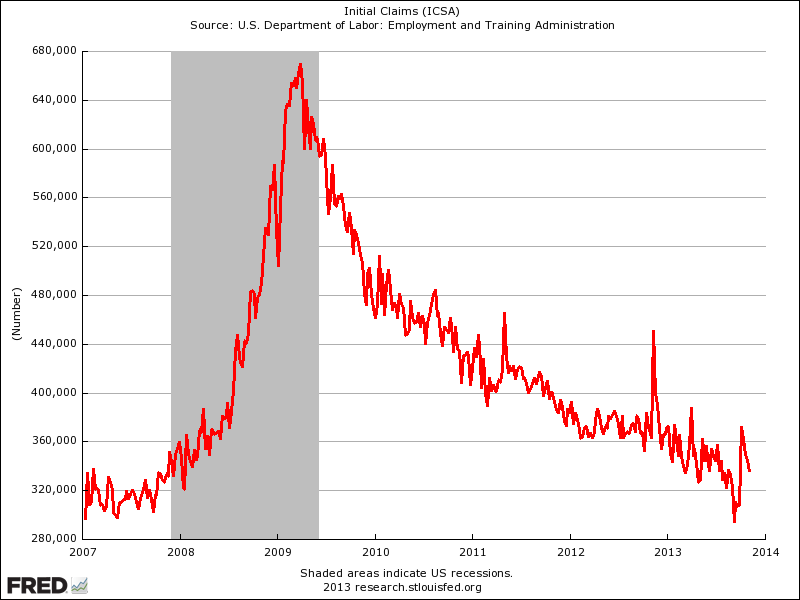Why Wall Street Loves Quantitative Easing US News
Post on: 26 Май, 2015 No Comment

The Fed’s easing programs have coincided with a huge stock-market rally.
The Federal Reserve’s quantitative easing strategy is controversial, and even unpopular—except on Wall Street.
At a recent panel discussion of top Wall Street economists sponsored by New York University’s Stern School of Business, there was general agreement that more Fed action—which has now arrived in the form of a fresh, open-ended plan to buy about $40 billion worth of mortgage-backed bonds every month—is required to boost the lackluster economy. The weak labor market warrants further action, said Peter Hooper, chief economist for Deutsche Bank Securities. The Fed certainly has some potency with quantitative easing.
More easing by the Fed runs the risk of causing higher inflation in the future, since the Fed is effectively printing money when it buys bonds or other securities on the open market. The Fed’s intervention also raises questions about whether improvements in the economy are sustainable, or merely the result of artificial government support that has to end at some point.
The Fed’s critics include many Republicans who view the Fed as a kind of star chamber operating way beyond its mandate to keep inflation and unemployment in check. GOP presidential candidate Mitt Romney opposes more easing by the Fed. I think [easing] and other Fed stimulus is not going to help this economy, he said in August. Romney has also said he wouldn’t reappoint Fed Chairman Ben Bernanke when his term expires in 2014.
But Romney’s former colleagues in the financial industry are bigger fans of Bernanke, since his policies have been a boon for Wall Street firms. One of the primary purposes of quantitative easing is to drive down interest rates and lure investors out of safe investments like treasury securities, and into riskier investments such as stocks. The basic purpose is to help rebuild individual investment portfolios, make big companies more confident about spending and making deals, and generate more overall optimism about the economy.
One of the first beneficiaries is Wall Street, since rising stock prices draw more buyers off the sidelines, boost sales commissions at brokerages, and generate more investment banking activity. And the Fed’s plan has generally worked, with an unmistakable correlation between its QE programs and a stock-market rally that’s now in its fourth year.
The Fed quietly began quantitative easing in late 2008, then announced a much more aggressive program in the spring of 2009. Two lesser easing programs followed. Since the Fed doubled down on QE in 2009, the S&P 500 stock index has risen by more than 150 percent. Anyone who has owned stocks in the past few years has fed at the trough of Bernanke, the financial website YCharts declared recently.
Prior to the latest round of easing—dubbed QE3—many analysts felt further Fed action would have a limited impact on stocks, since the shock value has worn off and investors have already barreled into stocks over the past few weeks, in anticipation of another bump courtesy of the Fed. But the Fed surprised the markets with a new commitment to buying bonds indefinitely, until unemployment improves. This program is more aggressive than market expectations, Moody’s Analytics explained to clients. Stocks leapt on the news.
Wall Street honchos, like people nearly everywhere, have also become cynical about Congress or any other part of the government doing anything soon to resolve Washington’s huge debt problem, improve the business environment, or otherwise aid the economy. Policymarkers are not going to get serious about solving these problems until the economy and the public feels some pain, said David Greenlaw, chief U.S. fixed income economist for Morgan Stanley, at the Stern event.
So even if the Fed’s power is diminished, it’s still the only entity that seems willing and able to do anything to boost the economy. Wall Street will worry later about the repercussions.
Rick Newman is the author of Rebounders: How Winners Pivot From Setback To Success. Follow him on Twitter: @rickjnewman.














